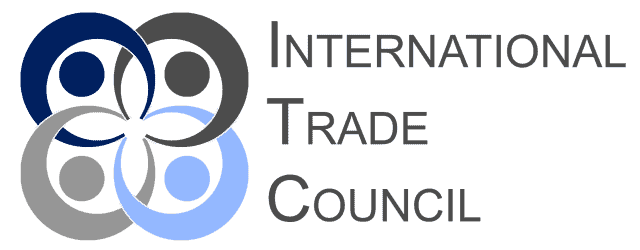
The 2023 amendments to the US Tariff Act have introduced a new dimension to import compliance, one that—while perhaps expected by some—still caught many trade professionals adjusting their internal processes on short notice. The core requirement is straightforward in theory: importers of goods subject to Section 301 tariffs must now disclose their upstream suppliers with a level of specificity that wasn’t mandated before. In effect, what was once a more transactional customs declaration has evolved into a disclosure exercise that probes deeper into supply chains, pushing for transparency that may not have been easy—or even feasible—for all businesses to provide without significant preparation.
For compliance teams, the task is now to establish robust procedures that can generate, collect, and verify these supplier details for affected goods. And yes, the timeline for implementation has been tight, which has led to varying levels of readiness across industries. Some sectors, particularly those with existing Section 301 exposure, had a head start because they’d already been mapping their supply chains for other regulatory purposes. But for others, especially those where upstream supplier visibility was limited to Tier 1, this shift presents both technical and operational challenges.
A key first step for US import compliance officers is to create and issue supplier-declaration letters. These letters, while varying in format depending on company policy, should request the supplier to confirm not just their role but also the identities and locations of their own upstream suppliers—those who contributed directly to the goods imported under Section 301 tariffs. Ideally, the declaration will also include information about the origin of materials or components, although the Act does leave some room for interpretation regarding granularity at this stage. What’s important is that importers can demonstrate a reasonable effort to gather and validate this information, should US Customs and Border Protection (CBP) request supporting documentation.
Now, it’s one thing to request supplier declarations; it’s another to ensure these align with the data submitted in CBP entry summaries (Entry 7501 forms). This reconciliation process is where things can become, frankly, cumbersome. Mismatches can arise—whether due to coding errors, supplier misunderstandings, or simply the complexity of modern supply chains. A recommended practice is to establish an internal audit workflow that compares supplier declarations line-by-line with declared country-of-origin, manufacturer ID codes, and other key data in the entry summary. This process, while detailed, helps create an audit trail that shows the importer’s due diligence. And in the current environment, documentation of effort may prove as important as the data itself.
Constructing this audit trail doesn’t necessarily require expensive software—though, naturally, some firms are turning to supply-chain compliance platforms to automate parts of the task. At its core, the audit trail template might consist of several columns: importer SKU, HTS code, declared manufacturer, declared country of origin, upstream supplier (as provided in the declaration), and any notes on reconciliation or discrepancies. Compliance teams can add fields for internal sign-offs or risk flags if desired. The key is consistency—every entry should follow the same logic, so that reviews (whether internal or by CBP) can proceed without unnecessary confusion.
A lingering difficulty, of course, lies in supplier engagement. Some suppliers—especially smaller ones or those unfamiliar with US customs requirements—may hesitate to provide upstream information. They might see it as commercially sensitive or simply beyond what they view as their responsibility. Here, importers often need to explain the regulatory drivers behind the request, perhaps even referencing the exact provisions of the Tariff Act amendments to demonstrate that these aren’t arbitrary demands. The balance between maintaining supplier relationships and meeting compliance obligations isn’t always easy to strike.
There’s also the question—still debated in some trade circles—of how far upstream disclosure can reasonably go. While the amendments focus on direct upstream suppliers, some compliance teams are exploring whether mapping two or even three tiers deep might help preempt future regulatory shifts. That said, the cost and complexity of this additional mapping need to be weighed carefully, as the law doesn’t currently require disclosure beyond direct suppliers to the importer of record.
Another point worth considering is the alignment of these new disclosure requirements with existing supply-chain transparency efforts tied to other laws—such as forced labor prevention rules or environmental due diligence mandates. There’s potential here to integrate processes, so that supplier data collected for one purpose can support multiple compliance frameworks. Still, doing so demands thoughtful data management and clear internal protocols to avoid confusion or duplicative effort.
The road ahead may see further clarification from CBP regarding expectations for supplier disclosure formats, thresholds for acceptable documentation, and audit priorities. For now, the emphasis is on demonstrating good faith efforts to comply—through systematic data collection, diligent reconciliation, and clear recordkeeping. How effectively companies can operationalize these tasks will likely influence both regulatory outcomes and broader supply-chain resilience in the years to come.
